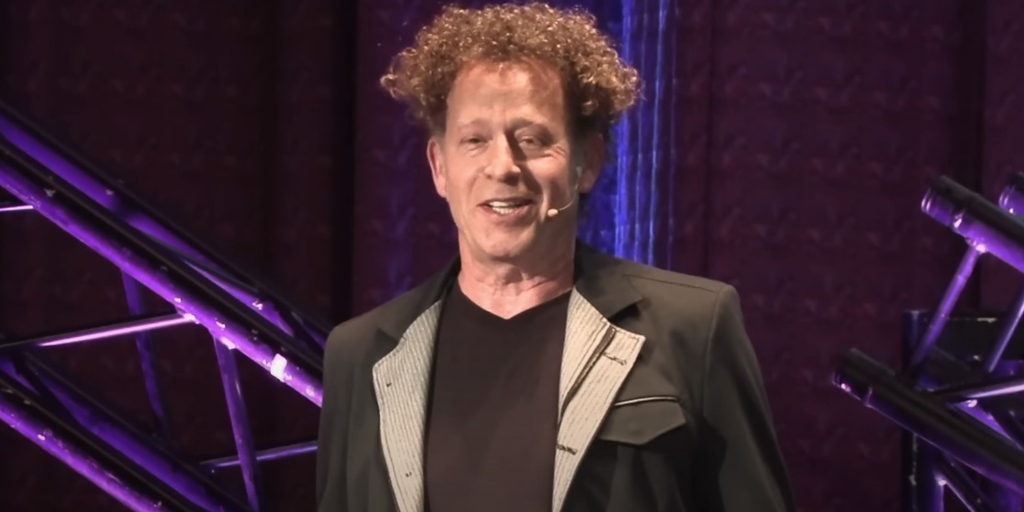Human-like robots infused with the transformative power of artificial intelligence: It’s a sci-fi staple that is now within the realm of possible—but just because we can do it doesn’t mean we should. What does it mean for humans to want to create artificial life that’s modeled after both our bodies and our minds?
The endeavor already and naturally extends to commerce and industry: Humanoid robots could bring substantial economic benefits by fitting into existing human roles and spaces without requiring an overhaul of infrastructure. But the idea goes further back than the 1984 blockbuster film Terminator—much further back.
“There’s a long history of robots that goes all the way back to the Egyptians—it’s always trying to create lifelike creatures,” UC Berkeley Industrial Engineering Professor Ken Goldberg told Decrypt. “We’ve had a fascination with these for millennia. You could say that all of art is, in some way, trying to create representations of life.”
As Goldberg explained, this fascination with creating a humanoid robot was first documented in the 24th century BCE in the myth of Osiris, who was put back together and resurrected by Isis after being dismembered by Set. The lineage continues forward through ancient stories like Pygmalion in Ancient Greece, the Golem in 16th-century Europe, and Mary Shelley’s Frankenstein in 1818.
These narratives carry a persistent theme: be careful about “playing God,” Goldberg said. But the desire for humanoid robots is often rooted in a far less divine purpose.
“One is a sort of utilitarian objective, which is what Elon Musk and others are striving for,” Goldberg said. “A lot of the work that’s going on right now—why people are investing in these companies like Figure—is that the hope is that these things can do work and be compatible,” he said, particularly in the realm of space exploration.
In October, Meta introduced Habitat 3, which aims to enhance AI’s capabilities in enabling human-robot cohabitation through advanced virtual 3D simulations that could lead to better interaction and collaboration. In January, Open AI-backed startup 1X raised $100 million for NEO, a bipedal robot for home tasks, an upstart challenger to dominant robotics companies like Boston Dynamics.
Further out from the mainstream, the idea of AI-infused sex robots ventures into a tangle of ethical questions.
Goldberg—who is also chief scientist at Ambi Robotics—said the acute interest in investing in AI-powered machines is mainly hype-driven.
“This is not on the verge of being successful,” he said. “It’s really important to point this out—there’s a lot of hype out there and inflated expectations.”
Last year, during the SAG-AFTRA/WGA strikes, AI was a crucial factor in the union contract negotiations with the Alliance of Motion Picture and Television Producers (AMPTP), with creative professionals concerned they could be replaced and obsoleted by the technology.
But while generative AI models like OpenAI’s ChatGPT, Anthropic’s Claude, and Google Gemini may have artists and writers crying foul, Goldberg explained that robots continue to struggle with tasks requiring the physical dexterity of humans, like product assembly. He said androids are not yet capable of eplacing blue-collar jobs in sectors like manufacturing, cooking, and construction.
But our human edge may be short-lived.
In October, technology company Nvidia made waves in robotics when it announced its Eureka AI, which empowers robotic hands to perform tasks with human-like dexterity, outperforming prior methods.
When it comes to consumer-grade robots, Goldberg said policymakers need to address safety and environmental considerations, especially for vulnerable populations like the elderly. He emphasized the need for less forceful robots and comprehensive safety inspections, with focused research on avoiding injuries and ensuring public safety, akin to existing industrial safeguards.
Goldberg said he was open to having a personal robot, especially as he gets older. But he said he wouldn’t want it to look like a human.
“That’s where we get into the uncanny valley,” he said. “I want a robot to look like a robot—it can maybe do some things, but I don’t want to confuse it with a real person.”
The uncanny valley refers to the discomfort humans feel when encountering hyper-realistic images or embodiments that resemble humans but are not quite lifelike.
“People like to go to the uncanny valley as a way of attracting attention,” he said. “It’s very sensational.”
Robots like Desdemona and Sophia from Hanson Robotics are examples of the uncanny valley effect, Goldberg said, but emphasized that they were not quite androids.
“These are puppets, they’re not robots. They’re often controlled by some human in another room,” he said. “Even if they are controlled automatically, they have a limited repertoire, which is to do certain expressions, but just enough to make you uncomfortable.”
Goldberg nonetheless praised Hanson Robotics founder David Hanson, calling the roboticist one of the best at what he does.
“David Hanson is a very smart guy, very talented, and he’s very good at that,” he said.
Hype notwithstanding, companies designing humanoid robots may need to be the first to emplooy them if they want the technology to be adopted by the masses.
“Wheels are very good in a warehouse, but in a home, wheels can be a problem,” Goldberg said. “Most homes have carpets and stairs, and that’s where wheels really fall short, and legs could be useful.”
Goldberg predicts these enhancements to become commonplace in the next decade. But a key barrier remains the high cost of both developing and manufacturing robots.
“I think it’s too expensive right now,” Goldberg said. “But if we can get that price down and really work out details that could do certain things, like picking up things off the floor and decluttering the floor, that would be useful.”
Edited by Ryan Ozawa.
Stay on top of crypto news, get daily updates in your inbox.
Credit: Source link




